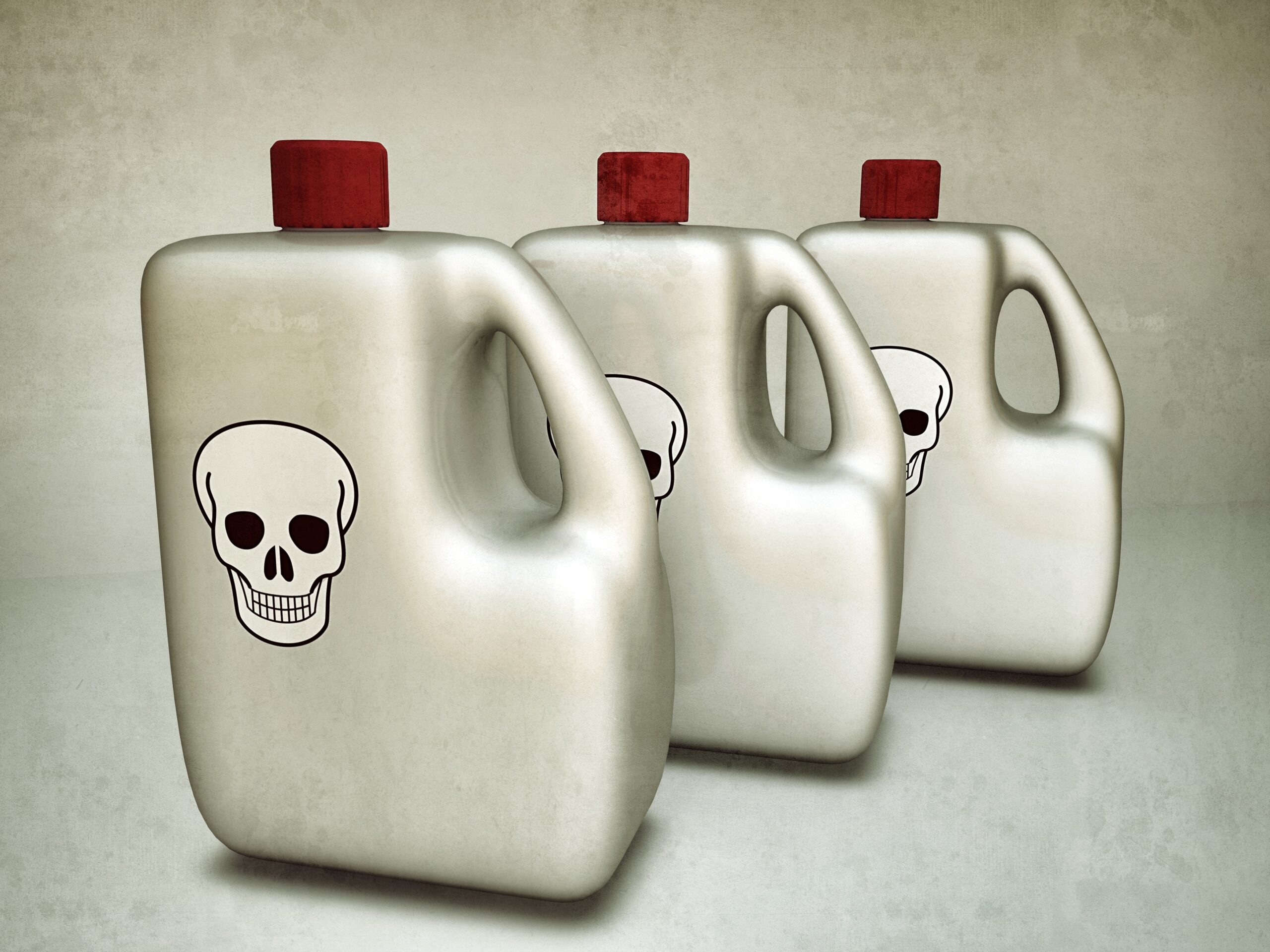by Helen Harris
Alush, green lawn leads to an attractive, 1930’s-era, 1,933-square-foot home that’s recently been listed for sale. Its freshly renovated deck makes it the perfect fit for a family who loves cookouts and entertaining. A detached garage—suiting a family’s needs for storage and parking—lends all the more appeal to place an offer on this home. And so they do. After all, there’s plenty of space to grow and play and have fun in a community they love, all while being able to personalize a home with historical value.
So now that the house is the home and the family considers this property an investment, they will begin to see beyond the ideal green lawn. What issues, however, are worth looking into regularly to maintain the long-term integrity of the home? For instance, a dog making a deep scratch on the hardwood floor is a different kind of issue than being told the house has structural rot due to long-term termite damage. Consider a home a business, and its many parts require daily, monthly or yearly attention and to stay structurally sound. Follow this “guide” to keep those major components of a home in check and to ensure its health down the road.
Termite damage: Before purchasing a home, most buyers usually want to know the complete condition inside out. This includes those pesky bugs called termites. Buyers will first have to purchase a termite inspection, and this shows whether there was any past damage or any current damage. Of course, if existing damage is presented, a treatment plan should be proposed and implemented. Regarding the prevention of termites, homeowners should maintain a termite bond with a pest-control company. This is the best way to keep the home regularly inspected (yearly), and it is guaranteed to be treated properly should an infestation present itself. According to Orkin, regular inspections and awareness of the home’s history aids in preventing and treating termites. In “Buying a Home with Termite Damage,” Orkin states: “Buyers can also ask for infestation history of the home. Some states require sellers to disclose a history of termite infestation and damage. Termite warranties may also transfer with the house, providing buyers peace of mind.” Don’t slack on termite maintenance or pest control in general. No house is termite-proof.
HVAC. No one likes to be without heat or air conditioning, but HVAC maintenance goes much deeper than personal comfort on a winter or summer day. According to
moving.com’s “The Homeowner’s Guide to HVAC Maintenance,” the large components of HVAC trouble include leaks, corrosion and dirt or debris. Every month, homeowners can inspect air conditioner refrigerant lines for leaks. These lines are usually copper and connect the outdoor air conditioner to the system’s indoor evaporator coil. Every quarter, change air filter. If applicable, turn off the water to the furnace humidifier in the summer, replace the humidifier filter and turn the water back on in the fall. Additionally, replace the batteries in all carbon monoxide detectors; lubricate the HVAC motor and replace the belt if needed; clean the air conditioning drain line with bleach and ensure that the AC unit is standing on level ground and is clear of debris every year. In “The Homeowner’s Guide to HVAC Maintenance,” Laura Mueller advises: “It’s a good idea to bring in a pro for HVAC maintenance occasionally. If your system is new, you can probably get away with having someone come just once a year or every other year. For older systems, plan to have professional maintenance performed twice a year—in the spring and then again in the fall.”
Roof. That huge oak tree with the ominous branches hanging over the back bedroom, don’t ignore it. A summer thunderstorm, a crash and insurmountable roof damage are in the future soon if that tree is not trimmed back. Always keep an eye out for stray limbs and branches; debris should stay out of gutters and clear the roof to prevent roof leaks and rainwater backup. A point made blatant in Redfin’s “Ways to Maintain a Healthy Roof” missing or damaged shingles should be replaced. And existing shingles should be cleaned to keep them free of algae, moss, fungi and lichen growth. Additionally, if the roof has any metallic components, make sure there is no corrosion or rust on those metal elements. Finally, cleaning the gutters is critical. As explained in the Redfin article, “Gutters that clog up can cause a lot of damage to your roof. The reason for this is that water accumulating on gutters can easily make its way underneath your roofing structure.” If the gutters are kept clean, they can efficiently drain water off the roof. Everything works in tandem if all components are kept clean.
Faulty lighting/electrical shocks. This is slightly more dangerous territory, and usually, a professional is required. In the angi.com article, “What Are the Signs of Home Electrical Problems?” the source advises that if there is a shock when plugging in appliances, the cause could be a ground fault in the appliance or improper electrical wiring. “You should, however, take other types of electrical shock seriously as you don’t want to risk the situation becoming worse,” the source states.
Check light fixtures to evaluate how much heat is being emitted. Consider switching to LED lights if the heat is considerable. If flickering lights is an issue and switching the bulb doesn’t help, contact a licensed electrician. If light switches or electrical outlets aren’t working, loose wiring could be at play, or the device may be cracked internally. The angi.com article furthers, “If a plug is loose in a receptacle, it can pose a problem as well. If the plug partially falls out, an unsuspecting individual could accidentally receive a shock when unplugging the cord.”
If large sparks are seen regularly from a fixture or circuit, there is likely an issue with the outlet or circuit. And perhaps the most urgent issue is if there is a burning smell. If this is the case, there could be a fire risk. Seek only qualified help immediately.








Leave A Comment